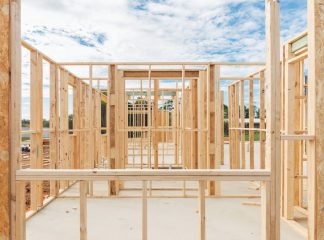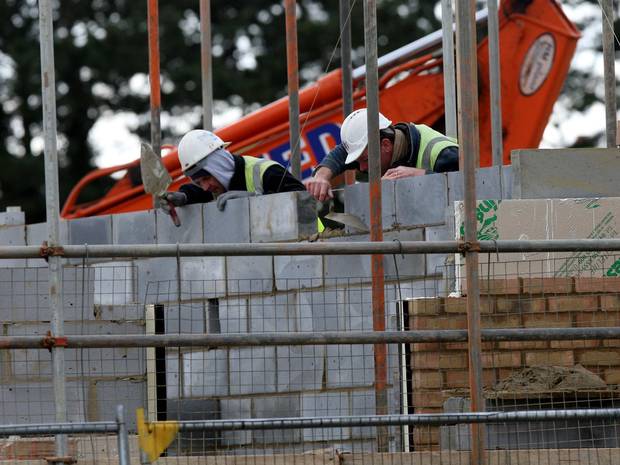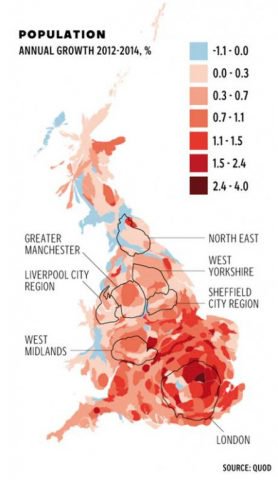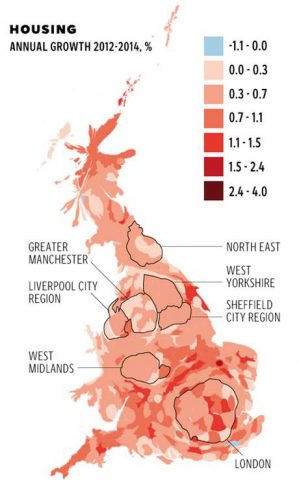Housing Crisis is Very Real, Insists Homelessness Charity
Earlier this week, Simon Jenkins wrote on The Guardian website that the housing crisis is not real and “there is no solution” to it.
He stated: “As in all political crises, there are tribal myths and economic realities. When the myths win, policy degenerates into chaos and counter-productivity.”
He then simply stated that one of the myths is, “That there is a housing ‘crisis’. There is none.”
Read more of the story here: http://www.theguardian.com/commentisfree/2015/sep/30/housing-crisis-policy-myth-realities
Now, the Chief Executive of homelessness charity Crisis, Jon Sparkes, has responded to the piece.
He begins: “Simon Jenkins is mistaken on a number of points. The housing crisis is very real: we see the worst effects of it everyday, and not just in London.
“Since 2010, all forms of homelessness in England have risen. Rough sleeping has increased by 55%, while thousands are forced to live in precarious and dangerous conditions just to keep a roof over their heads. If this isn’t a crisis, what is?”
He then addresses the private rental sector: “Private renting in England is failing to provide people with homes that are decent, safe, secure and affordable. Too many people are living in appalling conditions – almost a third of privately rented homes fail to meet the Government’s decent homes standard.
“Compared to other parts of western Europe, tenants in England have very little security. Many can be evicted from their homes with little notice and with no duty on the landlord to prove they are at fault.”
He insists: “With rising rents and severe cuts to housing benefit, the loss of a private rented home is now the leading cause of homelessness. This is unacceptable. Our politicians can and must do something about it.
“We need decisive action to make the private rented sector more accessible and affordable, along with radical solutions to tackle the severe shortage of affordable homes. At the same time, we must have a real safety net for anyone finding themselves in difficulty.”1
1 http://www.theguardian.com/society/2015/oct/01/the-housing-crisis-is-by-no-means-a-myth












